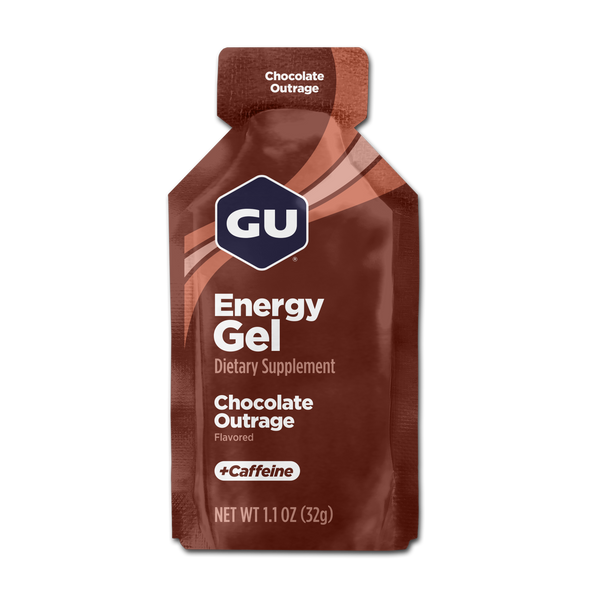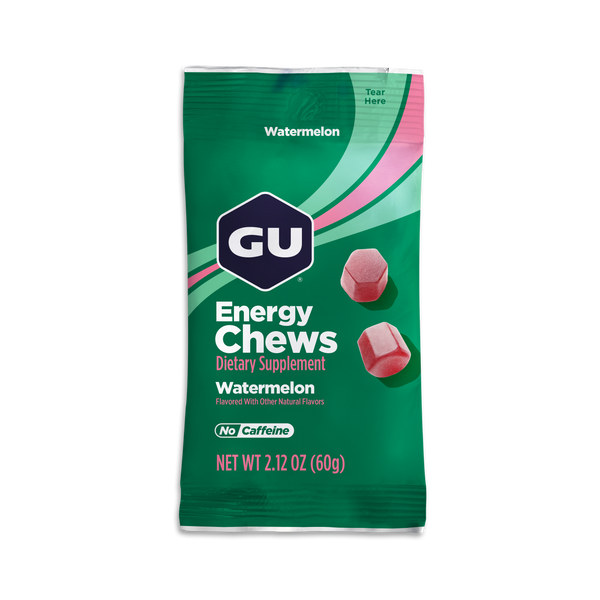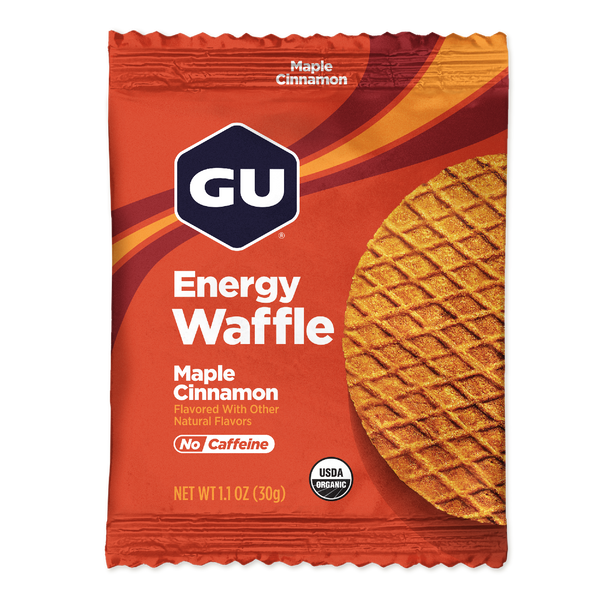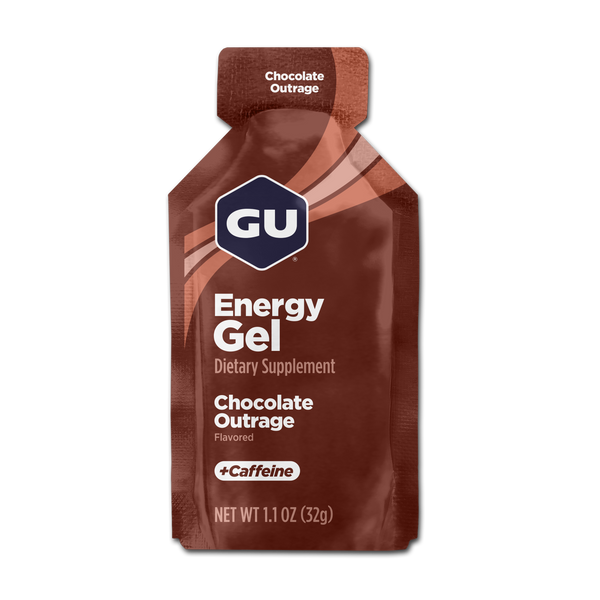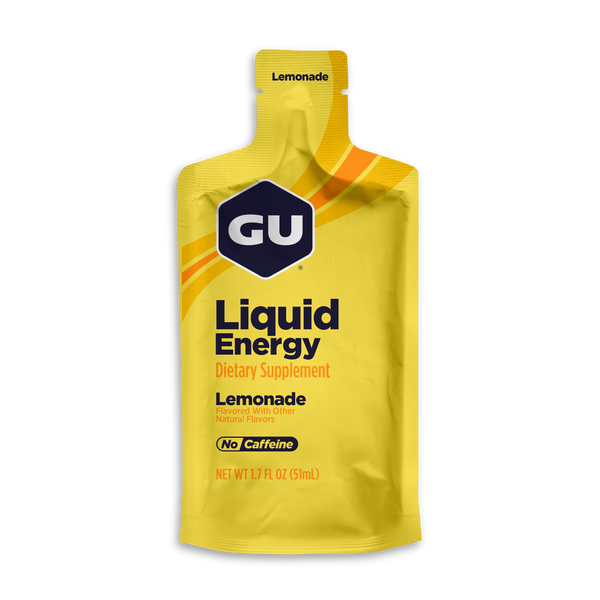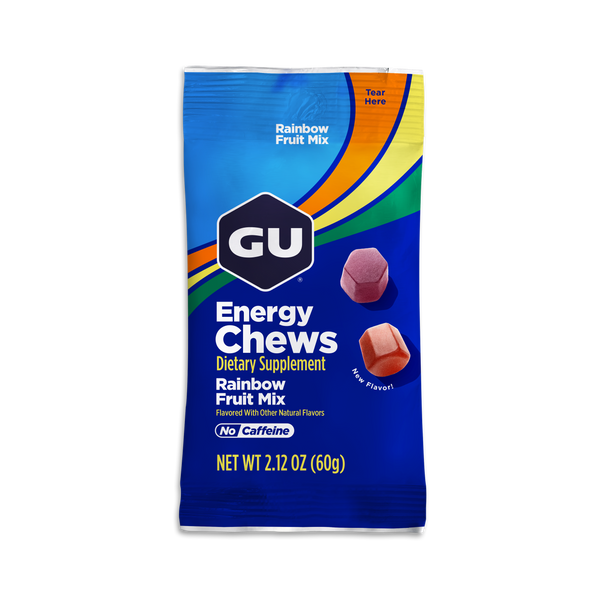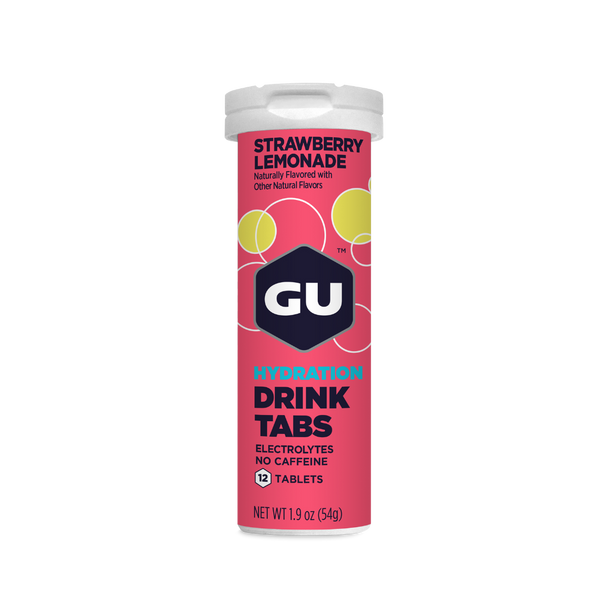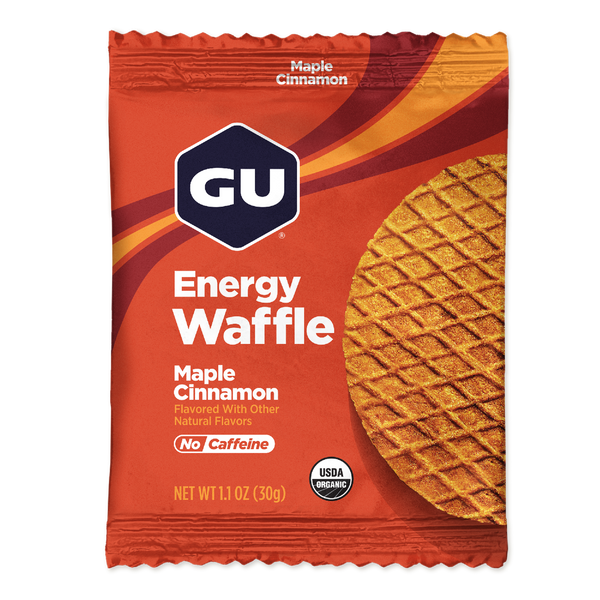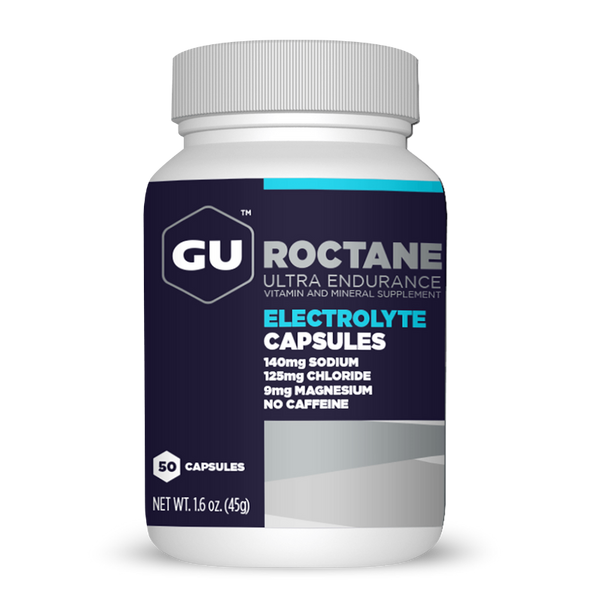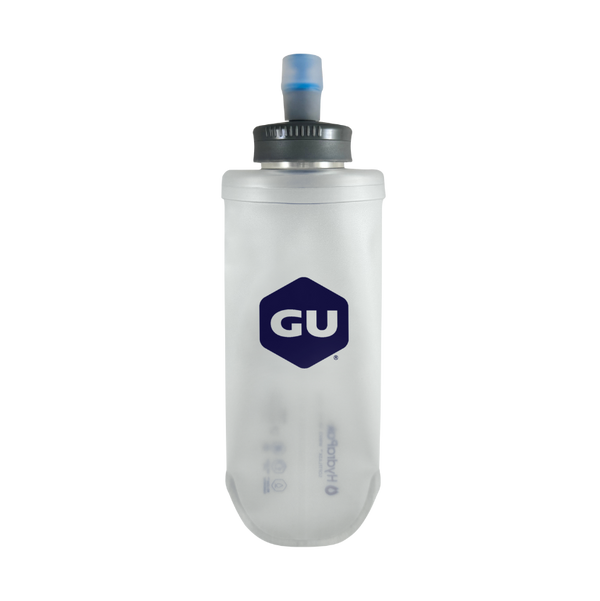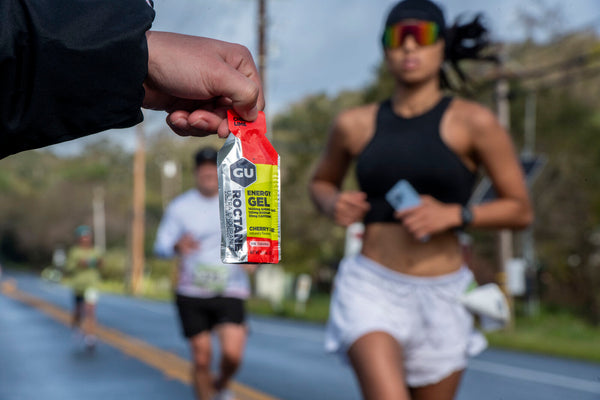The last time you said, “I love running,” how many bewildered looks did you get? For those who have never experienced that post-run euphoria, it may be hard to comprehend why we put in the miles day after day. And yet, it is the “high” we get after a great workout that keeps us craving another run. The term “runner’s high” is a well-documented, subjective sensation that’s typically described as enhanced energy, harmony, and reduced pain perception. Runners often experience these feelings during and after long and intense training sessions or races.
But what causes this sensation? While there are many biochemical systems in our body that regulate mood, the opioid and endocannabinoid systems are believed to be the main players in the runner’s high experience. However, there’s a debate in the sports-science community as to which system is the primary cause. An added challenge of investigating the runner’s high is that the feeling is subjective. Each runner experiences his or her own “runner’s high,” and scientists must rely on correlations between subjective descriptions and changes in physiological activity.
The Anti-Stress Molecules
When the body is placed under stress from exercise, it has internal mechanisms to cope with and prevent damage. Running triggers messages sent by brain neurons to tell the body something needs to be done to control the stressful stimuli. Neurons and neuronal networks, much like telephone wires, carry messages across the body to different locations, initiating the production of messenger molecules which bind to specific receptors in a lock-and-key fashion. When the receptor is “unlocked” by its designated molecule, chemical reactions occur. It’s these chemical reactions that induce feelings of analgesia, euphoria, and overall positive mood shifts – also known as the runner’s high.
Scientists have proposed two hypotheses to explain why these chemical reactions lead to the runner’s high phenomena.
The Endorphin Hypothesis
“Exercise gives you endorphins. Endorphins make you happy. Happy people don’t shoot their husbands.” – Elle Woods, Legally Blonde.
Scientists initially attributed runner’s high to the Endogenous Opioid system, which is responsible for pain, stress-management, and reward. You may recognize the word “opioid” in association with drugs like morphine and heroin. When the body experiences stressful stimuli (as when running), it sends messages through the nervous system to produce narcotic-like substances, one such being β-endorphin.
β-endorphins are often credited as the source of that happy, glowing sensation common after sustained physical activity. This theory first surfaced in the 1980’s, when scientific research looked at endogenous opioid production in runners during physical activity. Scientists found that running for prolonged periods increased levels of β-endorphins in the body’s circulation. This increase was correlated with increased reports of positive mood changes. The correlation led researchers to conclude that β-endorphins produce the runner’s high.
The Problem with the Endorphin Hypothesis
Since the 1980s, further research has identified glaring flaws with this hypothesis:
- The blood circulation in your body (aka peripheral circulation) is not the same as the circulation that directly supplies the brain (central circulation). There is a barrier surrounding the brain- called the Blood Brain Barrier that tightly regulates which molecules floating in the peripheral circulation can enter the central circulation. Endorphins in the peripheral bloodstream cannot cross the BBB, and any endorphins that may be produced in the brain cannot cross into the periphery. Therefore, scientists have no way of measuring the changing concentrations of β-endorphin in the brain during by exercise, and it is these concentrations that would produce the psychological effects.
- Research studies administered opioid antagonists (a molecule that competes with the β-endorphin for the receptors) to athletes before a workout. Even with the presence of the endorphin-blockers, the athletes still experienced feelings of a runner’s high post-run.
While the endorphins have not been completely discredited for producing the runner’s high, scientists are now proposing that other molecular system also play a role.
The Endocannabinoid Hypothesis
Endocannabinoids are molecules naturally produced in the body that have the same chemical structure and bind to the same receptors as THC (the molecule in marijuana). The endocannabinoid system has similar pain regulating, mood alerting properties as endogenous opioids (see above). The two molecules produced in this system are Anandamide and 2-AG, and they are both produced in the brain and peripherally.
Why the Endocannabinoid Hypothesis is more plausible
- Unlike β-endorphins, endocannabinoids can cross the BBB. Thus, changing concentrations in the peripheral circulation can reflect changing concentrations in the brain. Therefore, changes in reported mood states can more accurately correlate with endocannabinoid production.
- In studies where endocannabinoid antagonists (blockers) were administered, there was a decrease in reported “runner’s high” symptoms. Therefore, it is more likely that this system needs to be functionally intact.
Summary
While endorphins are often credited with producing that euphoric post-run feeling known as the runner’s high, recent research has identified many flaws in this hypothesis. A different class of molecules, called endocannabinoids, is now being considered as the primary cause of the runner’s high. Even though the scientific community may not have a definite explanation, we can all agree that exercise makes us feel great. Our verdict: Go lace up those shoes and experience the high for yourself!
Resources
Boecker, H., Sprenger, T., Spilker, M. E., Henriksen, G., Koppenhoefer, M., Wagner, K. J., … & Tolle, T. R. (2008). The runner’s high: opioidergic mechanisms in the human brain. Cerebral Cortex, 18(11), 2523-2531.
Dietrich, A., & McDaniel, W. F. (2004). Endocannabinoids and exercise. British Journal of Sports Medicine, 38(5), 536-541.
Dishman, R. K., & O’Connor, P. J. (2009). Lessons in exercise neurobiology: the case of endorphins. Mental Health and Physical Activity, 2(1), 4-9.
Fuss, J., Steinle, J., Bindila, L., Auer, M. K., Kirchherr, H., Lutz, B., & Gass, P. (2015). A runner’s high depends on cannabinoid receptors in mice. Proceedings of the National Academy of Sciences, 112(42), 13105-13108.
Goldfarb, A. H., & Jamurtas, A. Z. (1997). β-Endorphin response to exercise. Sports Medicine, 24(1), 8-16.
Markoff, R. A., Ryan, P. A. U. L., & Young, T. (1982). Endorphins and mood changes in long-distance running. Medicine & Science in Sports & Exercise, 14(1), 11-15.
Raglin, J. S. (1990). Exercise and mental health. Sports Medicine, 9(6), 323-329.
Sparling, P. B., Giuffrida, A., Piomelli, D., Rosskopf, L., & Dietrich, A. (2003). Exercise activates the endocannabinoid system. Neuroreport, 14(17), 2209-2211.

